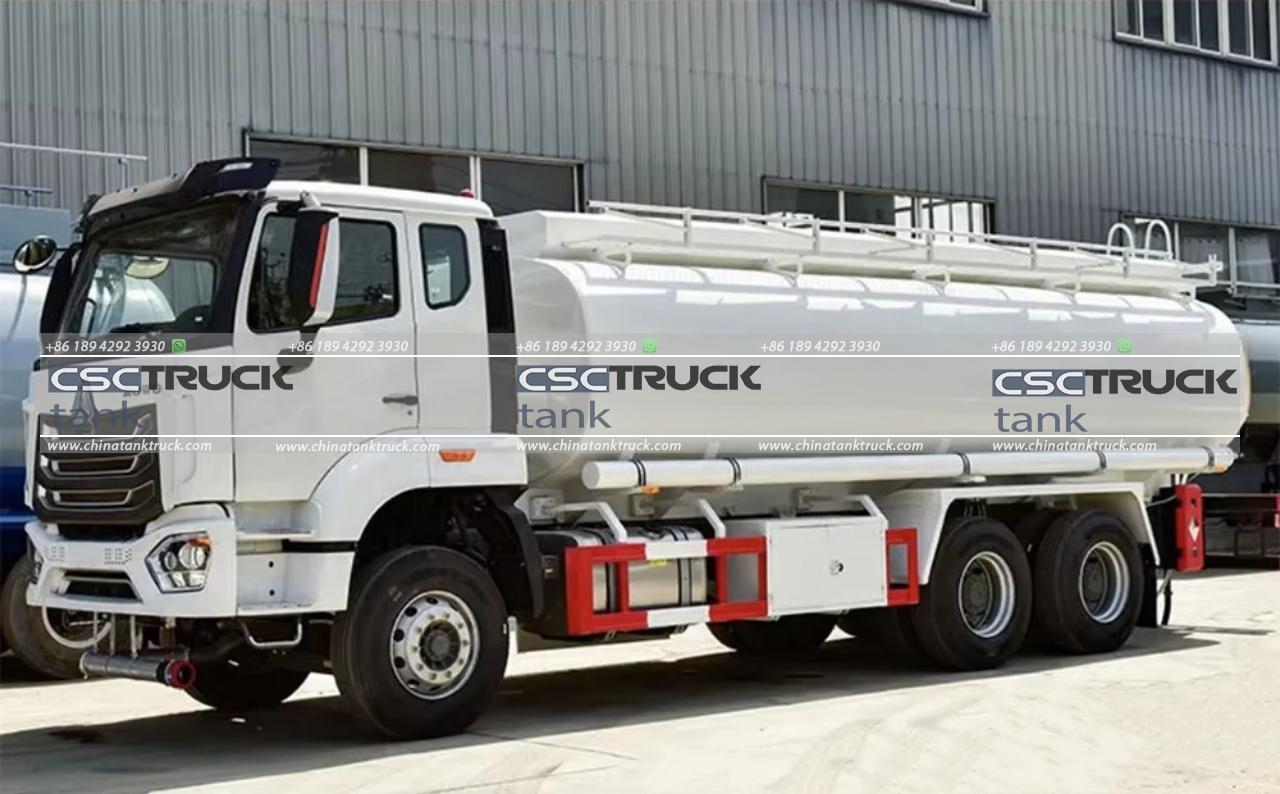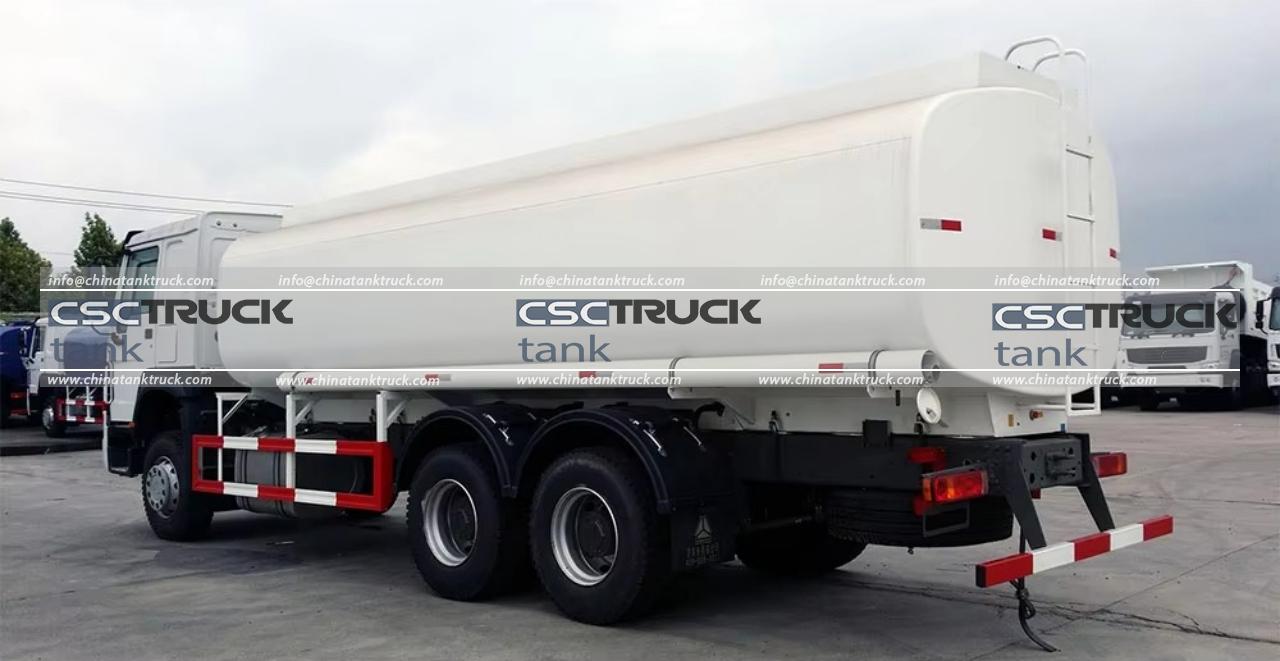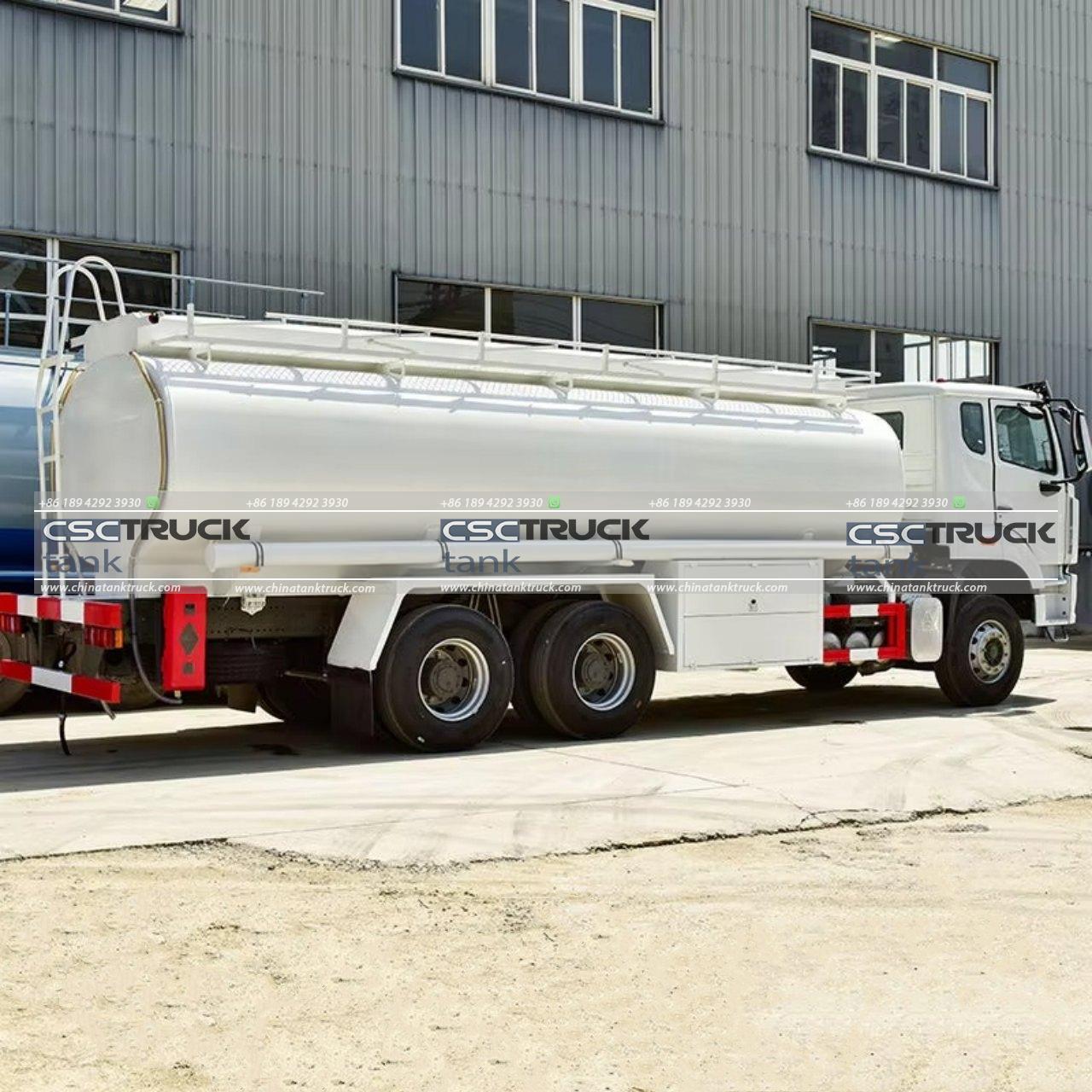What is a Fuel Tank Called?
In the realm of transportation and engineering, where functionality meets design and safety, every component plays a crucial role. Among these, the humble fuel tank stands as an unsung hero, silently holding the lifeblood of countless vehicles and machines. But what exactly is a fuel tank called, beyond its simple name? Delving deeper into its purpose, construction, and evolution provides a fascinating journey through the intersection of necessity and innovation.
The Purpose and Function
At its core, a fuel tank serves a straightforward yet indispensable purpose: it stores fuel. Whether it’s gasoline, diesel, or alternative fuels like compressed natural gas (CNG) or hydrogen, the fundamental role remains unchanged. It ensures a steady supply of fuel to the engine, enabling vehicles to function reliably over distances short and long.
Beyond storage, modern fuel tanks incorporate several crucial functions to ensure safe and efficient operation. They must prevent fuel leakage, withstand external impacts, resist corrosion from both the inside and outside environments, and integrate seamlessly with the vehicle’s overall design. These considerations highlight the intricate balance between practicality and engineering prowess.

Types of Fuel Tanks
Fuel tanks come in various forms and materials, tailored to the specific demands of their applications. In automotive contexts, for instance, steel and aluminum are common choices due to their durability and compatibility with mass production techniques. Plastic tanks, on the other hand, offer advantages in weight reduction and design flexibility, particularly in smaller vehicles and niche applications.
Aviation fuel tanks face even stricter requirements, necessitating materials that can withstand extreme temperatures and pressures while adhering to stringent safety standards. Fiberglass and composite materials have emerged as preferred choices due to their lightweight nature and ability to resist corrosion and fatigue.
Evolution and Innovation
The evolution of fuel tank technology mirrors advancements in manufacturing, materials science, and safety regulations. Early vehicles relied on rudimentary metal containers mounted externally, often with little regard for safety or aesthetics. Over time, as automobiles became more integrated and sophisticated, so too did their fuel storage solutions.
The shift towards internal placement and integration within the vehicle’s structure marked a significant milestone in both safety and design. This not only reduced the risk of rupture during accidents but also enhanced aerodynamics and overall vehicle efficiency. Innovations such as baffles and anti-slosh mechanisms further improved stability and performance, especially in high-performance and off-road vehicles.

Environmental Considerations
In recent decades, environmental concerns have spurred further innovations in fuel tank design. The advent of electric and hybrid vehicles has challenged traditional fuel tank technologies, pushing engineers to develop safer, more efficient solutions for storing alternative fuels and power sources. Concepts like modular tanks and smart sensors now play pivotal roles in optimizing fuel usage and minimizing environmental impact.
Furthermore, the push towards sustainability has prompted research into biofuels and hydrogen storage, each presenting unique challenges and opportunities for fuel tank design. These developments underscore the evolving nature of an industry once solely focused on combustion engines.
Future Trends
Looking ahead, the future of fuel tanks appears intertwined with broader technological trends. The rise of autonomous vehicles and electric propulsion systems will undoubtedly reshape the role of traditional fuel tanks, perhaps relegating them to niche applications or evolving them into storage units for new energy carriers.
Moreover, advancements in additive manufacturing (3D printing) and nanotechnology promise to revolutionize tank design by offering unprecedented levels of customization, durability, and weight savings. These technologies could pave the way for fuel tanks that are not only safer and more efficient but also seamlessly integrated into the structural components of vehicles, further enhancing overall performance and sustainability.

Conclusion
In conclusion, the fuel tank, though often overlooked, stands as a testament to the ingenuity and pragmatism of engineering. From its humble origins as a basic container to its current role as a sophisticated component of modern vehicles and machinery, the fuel tank has evolved alongside technological progress and societal demands. Its future promises continued innovation, driven by the dual imperatives of efficiency and environmental stewardship.
As we navigate an increasingly complex landscape of transportation and energy, the question of what a fuel tank is called becomes more than a matter of nomenclature. It embodies a legacy of adaptation and innovation—a cornerstone of mobility that continues to shape our journey towards a more sustainable future.

